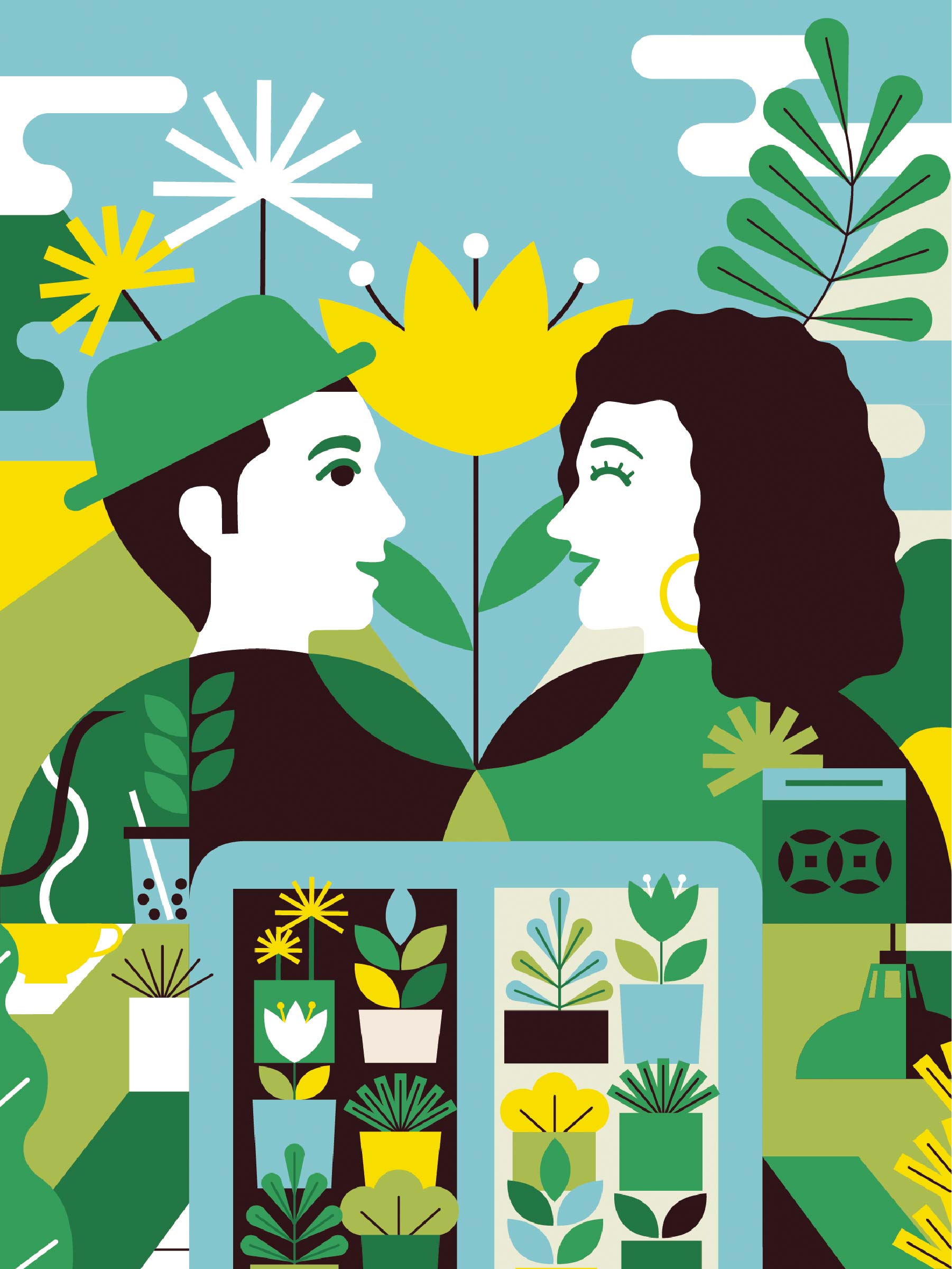WHOLENESS Magazine - Community Plant Library

Community Plant Library
A field study of social design
As cities evolve at an ever increasing pace, we often forget that we are stakeholders within society. In some way or another, we have all fallen into a state of “together but lonely” living in today’s metropolis.
For the past ten years, designers around the world have responded by engaging in the study of “social design”. At its simplest, social design is defined as “design that seeks to solve human issues and improve living conditions for all”. Underlying this concept is the question of how we should think about space. How do we reconnect distant city dwellers through design?
Summarising cases from around the world,we see that social design endeavours to: (1) raise ideas, (2) guide direction, (3) remove barriers, and (4) maintain connection. Issues vary from place to place, so it is essential to consider the root of the problem in each case in order to find the right solution.
When we discuss social design, some believe that only experts can take part. Quite the opposite, social design emphasises actions initiated by communities and the process of cocreating. When curator and users are involved, stakeholders have the opportunity to meet and create spaces that are both balanced and sustainable. Participants may even become collaborators in the process.
As Japanese social designer Ryo Yamazaki once said, “When people change, place will too.” Social design reminds city dwellers that the character of a city is shaped by its people.

The Community Plant Library is a place where you can…
Adapt your lifestyle
Partnering with twenty local shops in San Po Kong, One Bite encourages them to adopt a piece of “plant furniture” and collaborate with leaders to host workshops such as plant dyeing, up-cycling of coffee grounds into planting pots and ginger powder. Local shops form a community map linking San Po Kong’s network of plants.
Share about plants
With local farmers as Plant Therapists at the wheel, the Roving Plant Clinic is a mobile clinic designed by One Bite making pit stops from Kai Tak to San Po Kong. Plant Therapists and locals can exchange stories and share experiences to resolve any planting difficulties.
Connect with your neighborhood
With partner shops displaying “plant furniture” in and around their space, they become a place to gather locals whilst Plant Librarians visit regularly to look after plants and share stories with the community.
At the Community Plant Library, you can adopt...
Plants
Locals can adopt plants across four different categories: plants that are aesthetically pleasing, edible plants that soothe the mind, evergreens such as tomatoes, and long-lasting plants such as hanging plants and succulents.
Furniture
Partner shops can adopt furniture made from unused and discarded wooden materials from AIRSIDE’s construction site. The design of these furniture takes functionality, community needs and available space into consideration.
Space
A place with plants and furniture offers space to breathe, rest and communicate, and even inspire!
Community Plant Library is comprised of…
Plant Librarian
A plant lover in charge of the day-to-day operation of the Library. Role also includes chatting with locals and observing their response to the Library and workshops.
Plant Therapist
A plant expert stationed at the Roving Plant Clinic. Locals can share stories and experience on all topics surrounding plants.
Social Media Expert
In charge of answering all questions on social media and updating the community map on a regular basis.
Locals
All residents and shop owners in San Po Kong are invited to adopt a plant and take part in the community’s connection with plants. Enthusiastic participants can even become collaborators in future community events.
Visit AIRSIDE’s official website to read WHOLENESS Magazine online:
Click here
Share